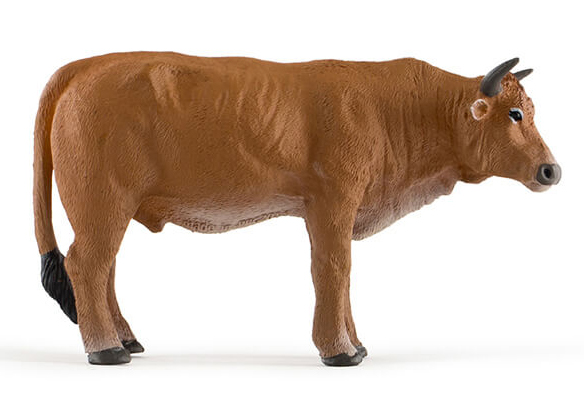Defining the Pecora as New Scientific Paper is Published
A few days ago (3rd of June, 2022), we published a blog post about a new species of ancestral giraffe (Discokeryx xiezhi) that had been described from fossils found in Miocene strata in the Junggar Basin in north-western China (Xinjiang Uygur Autonomous Region).

The recently described Miocene Discokeryx xiezhi. Two males indulge in a head-butting contest. Picture credit: Wang Yu and Guo Xiaocong.
Picture credit: Wang Yu and Guo Xiaocong
The researchers, writing in the academic journal “Science” had compared the prevalence of head ornamentation amongst giraffomorphs (those animals within the Giraffidae family and their ancestors) to other types of ruminant within the Pecora. They concluded that those animals on the branch of ruminants leading to the extant giraffes evolved more types of headgear than other pecoran groups. The driver for this evolution, was not selective browsing as previously thought, but the variety of headgear had, in part come about due to intensive sexual selection linked to various male combat styles – head-butting, neck banging etc.
Team members at Everything Dinosaur were not familiar with the Pecora and what types of ruminant within the Artiodactyla (even-toed, hoofed mammals) would be described as pecorans. So, we thought we would dedicate this blog post to providing a definition.
Visit the Everything Dinosaur website: Prehistoric Animal Models.
The Pecora – A Definition
The order Artiodactyla is the most diverse and abundant group of large mammals on planet Earth. The Artiodactyla consists of the Whippomorpha (hippos), pigs (Suidae), Tayassuidae (peccaries and their relatives), the whales (Cetacea), Tylopods (camels, llamas and their relatives) as well as all the ruminants.
The biggest component of the Artiodactyla is the Ruminantia which are characterised by their four-chambered stomachs. Over eighty-five percent of all the artiodactyls are ruminants. Molecular studies have helped scientists to better understand the evolutionary relationships between the many families that make up this very large and diverse group of mammals. Although the exact taxonomy of this group is still uncertain, attempts have been made to clarify the evolutionary relationships between the different types of ruminant – hence the creation of the infraorder Pecora.

Of the 280 species of artiodactyls today, around half of these species are bovines (Bovidae) – cows, sheep, goats, antelopes and their close relatives.
Most scientists define the Pecora as artiodactyls with a ruminant digestive system. Specifically, those ruminants that possess cranial ornamentation either horns, antlers, bony structures (ossicones) or pronghorns, although Musk deer and their relatives lack cranial ornamentation but are still defined as pecorans.
To read Everything Dinosaur’s recent blog post about the discovery of Discokeryx xiezhi: What Drove the Giraffes to Evolve Long Necks?

